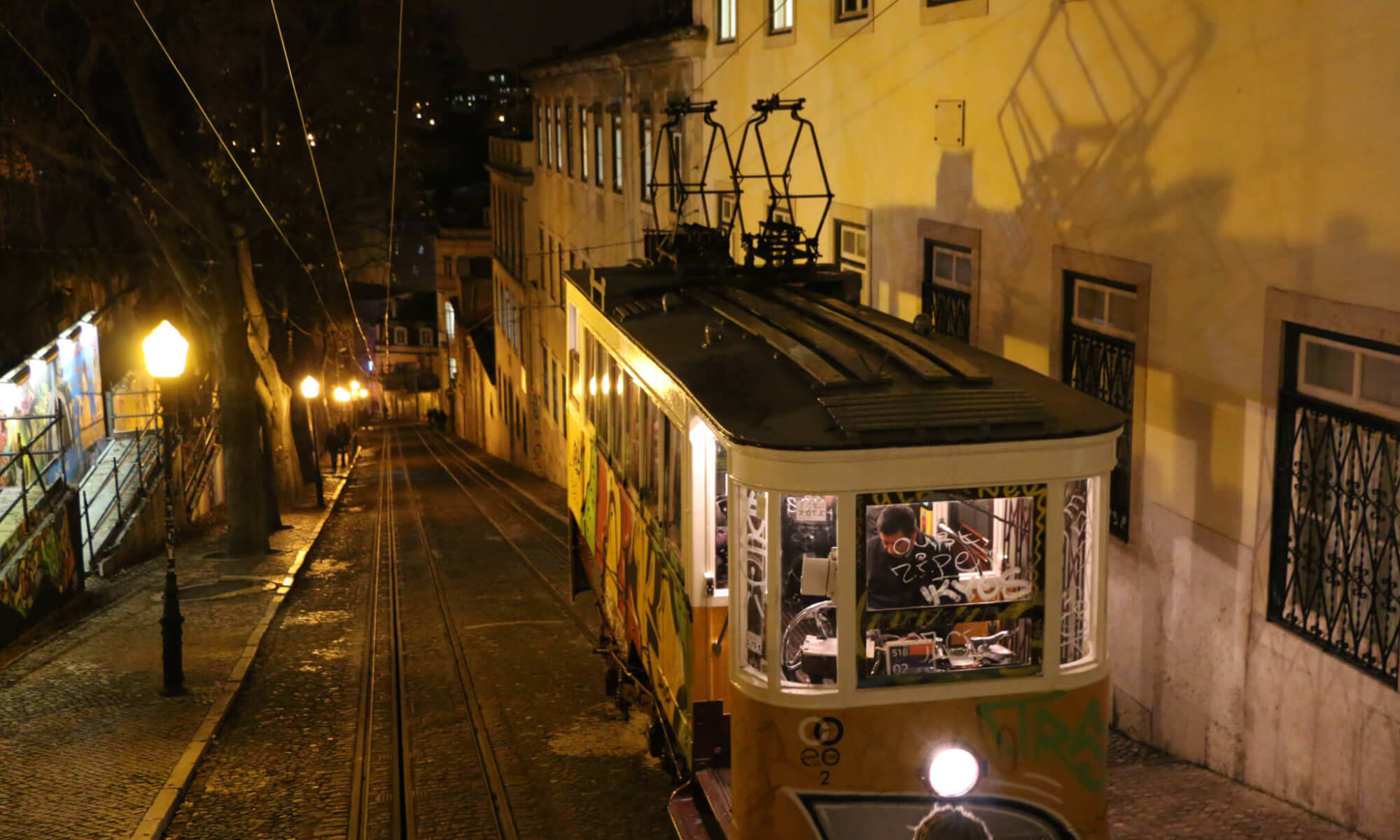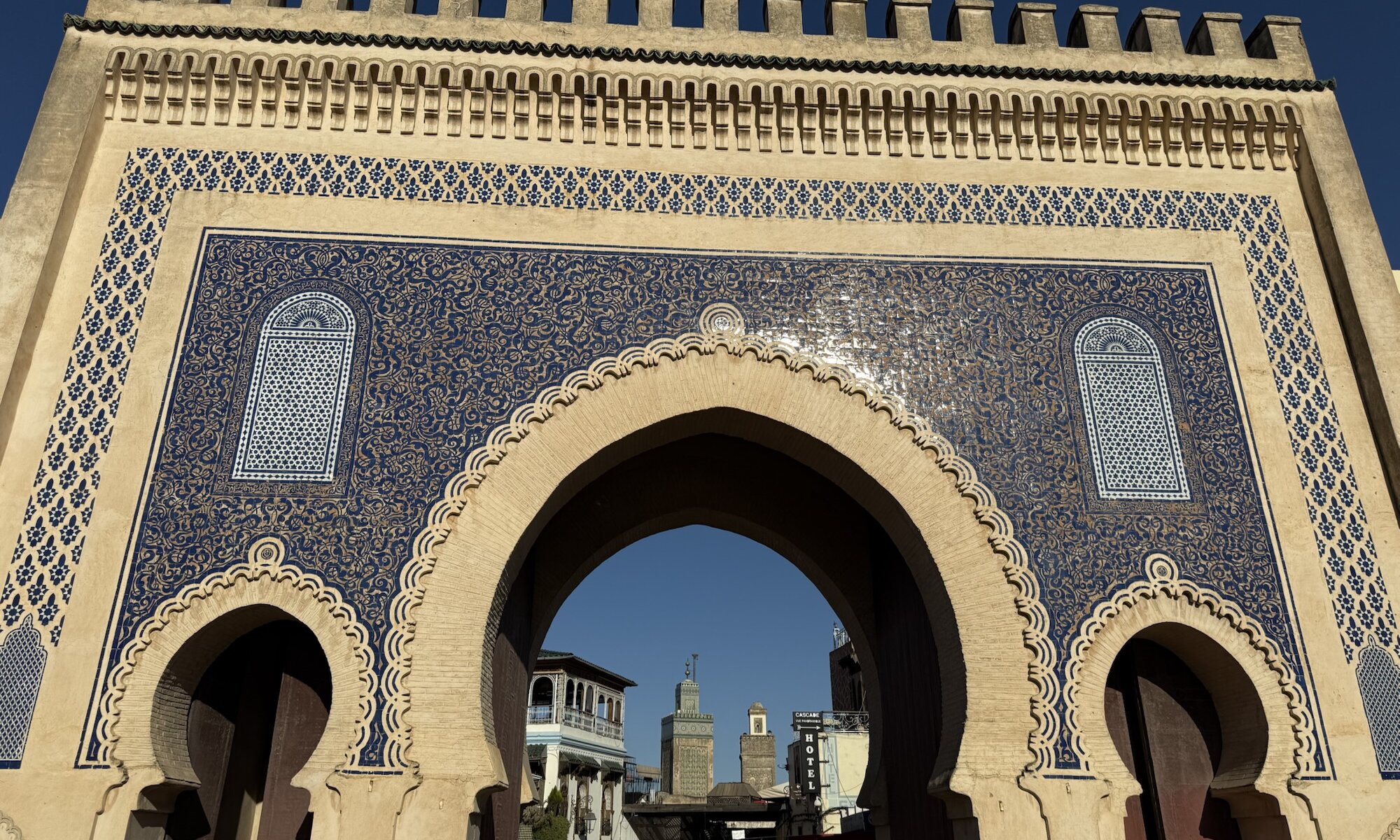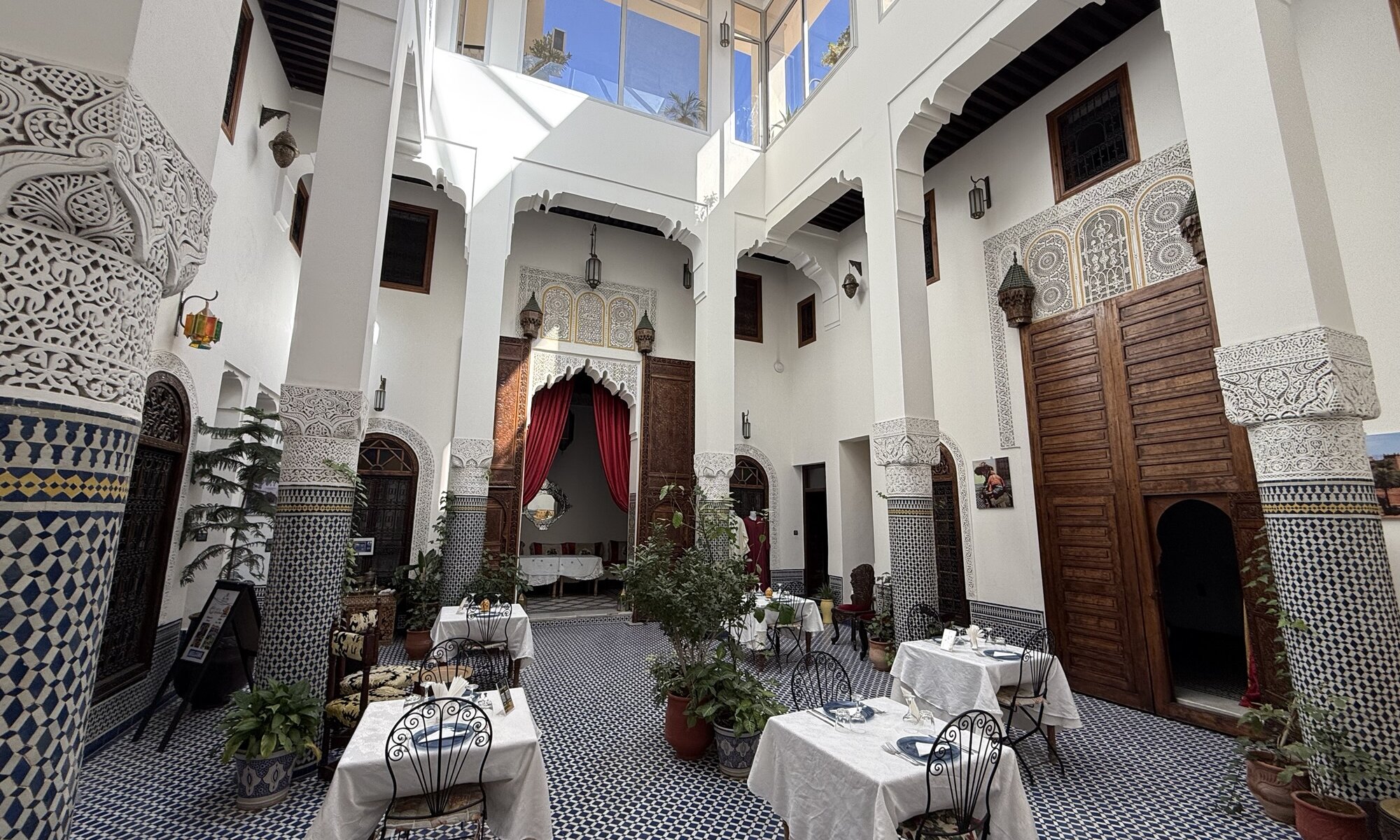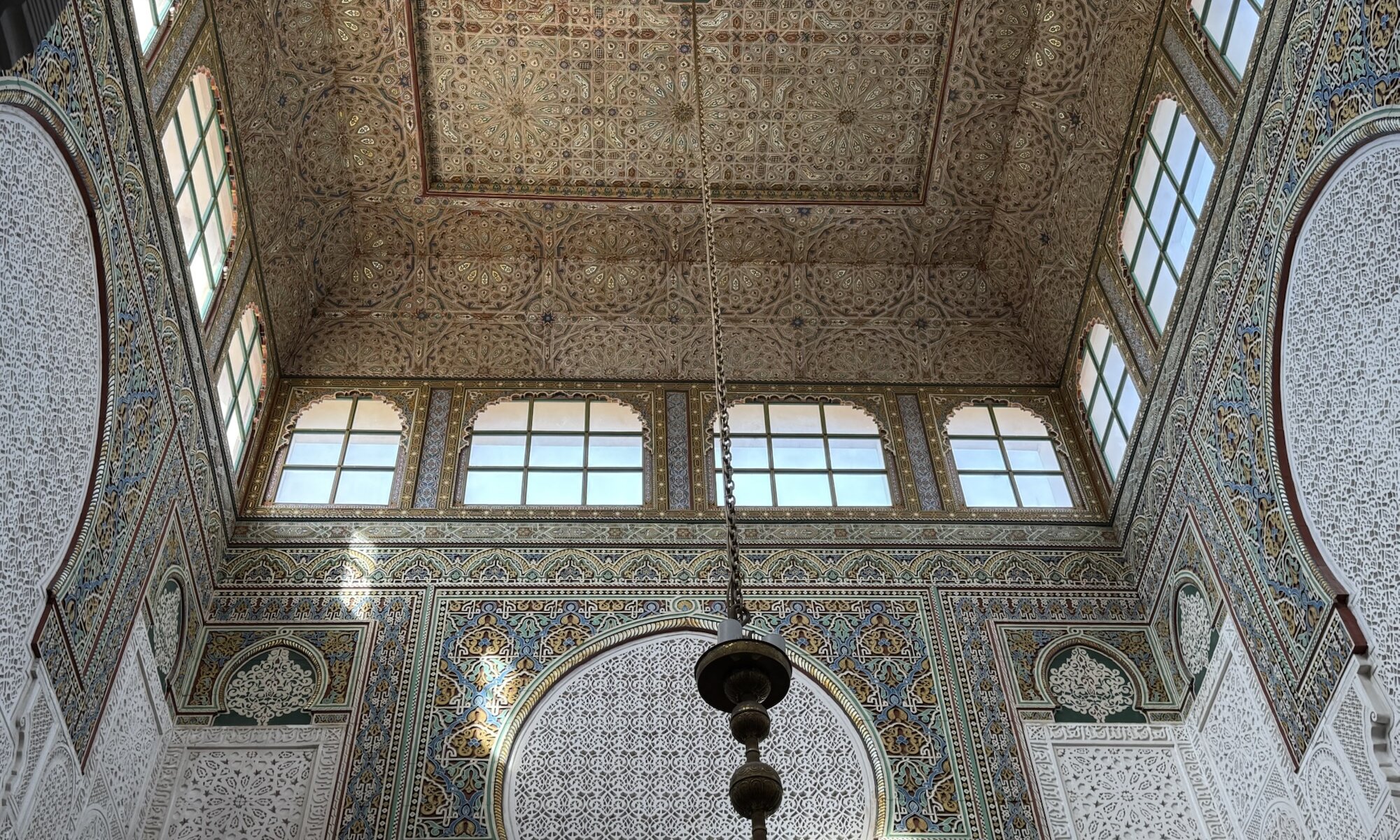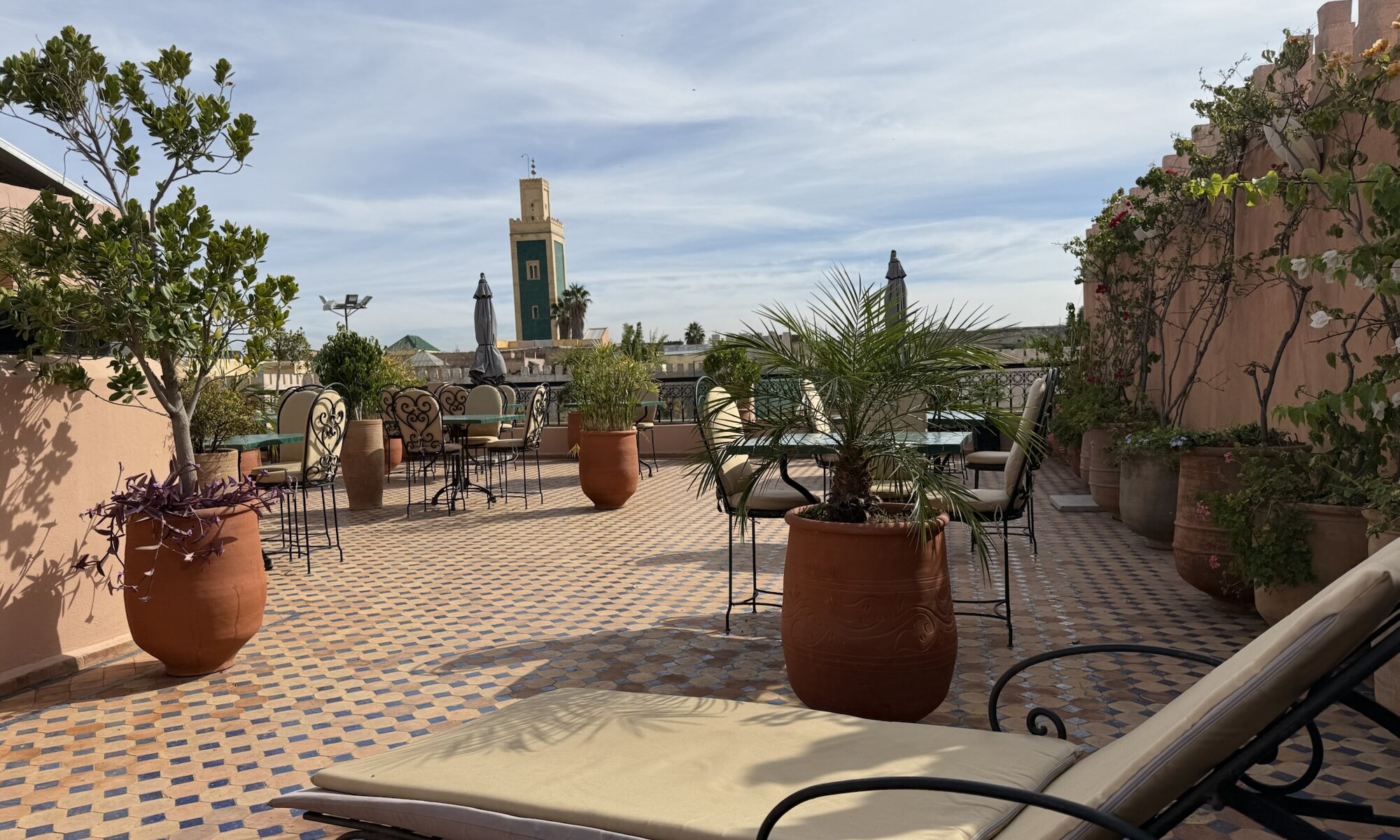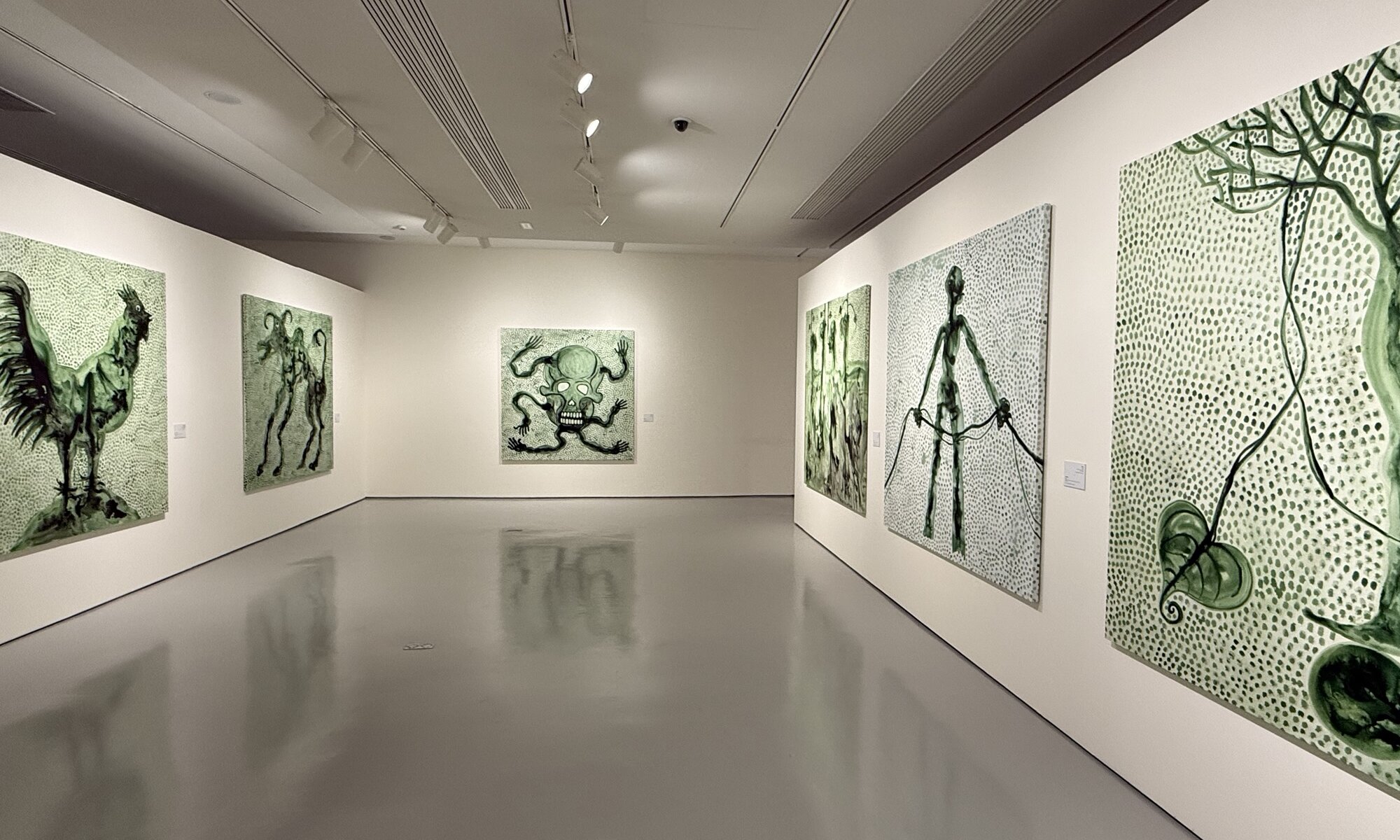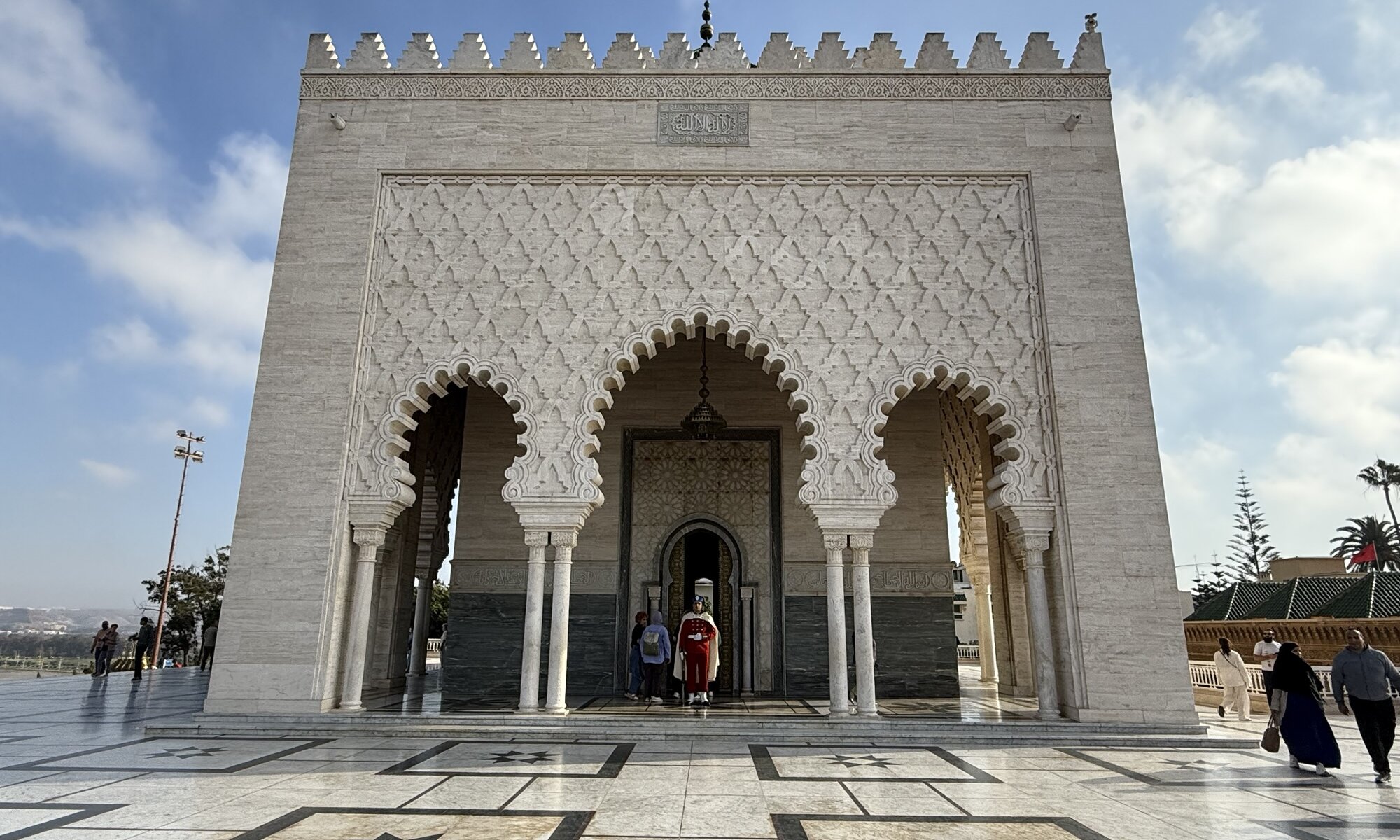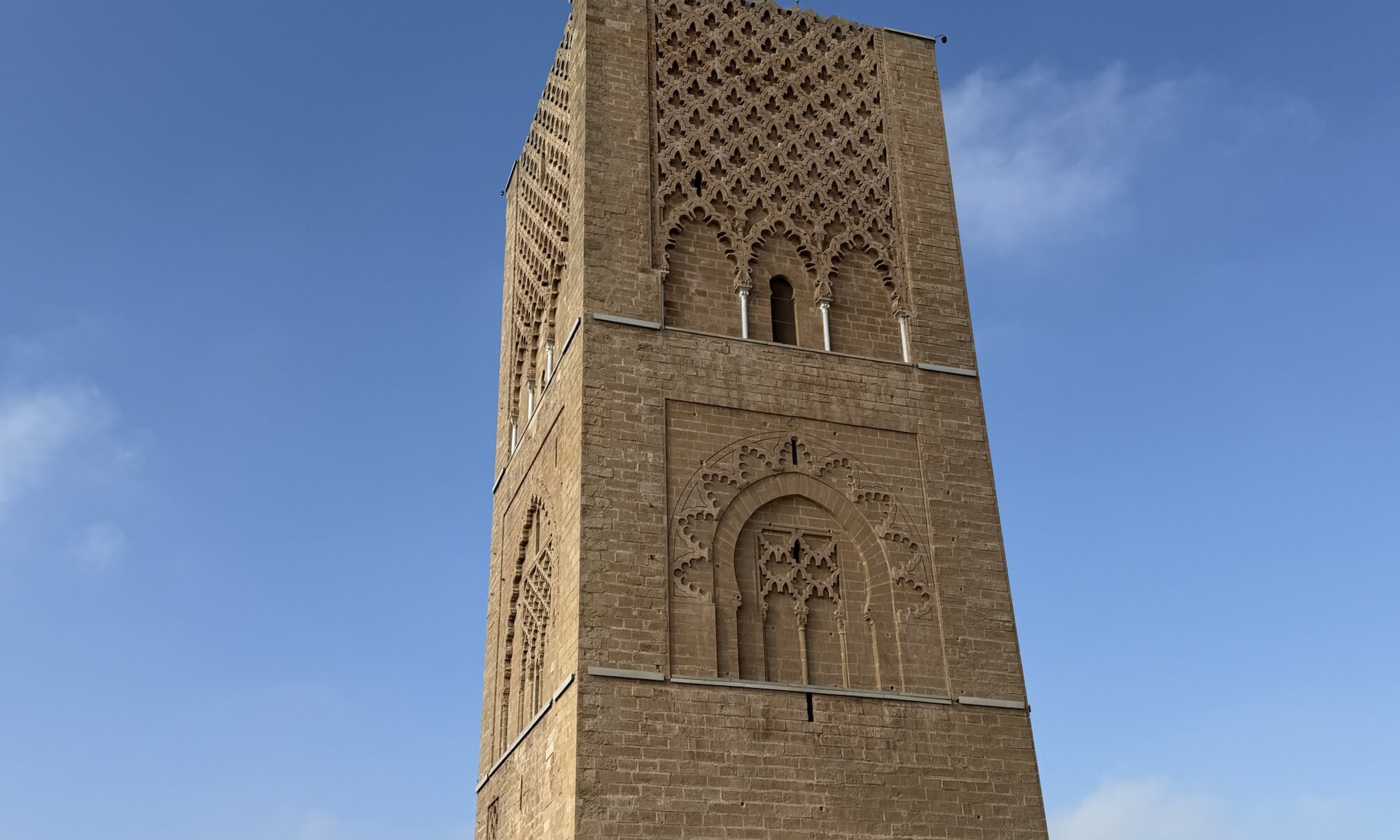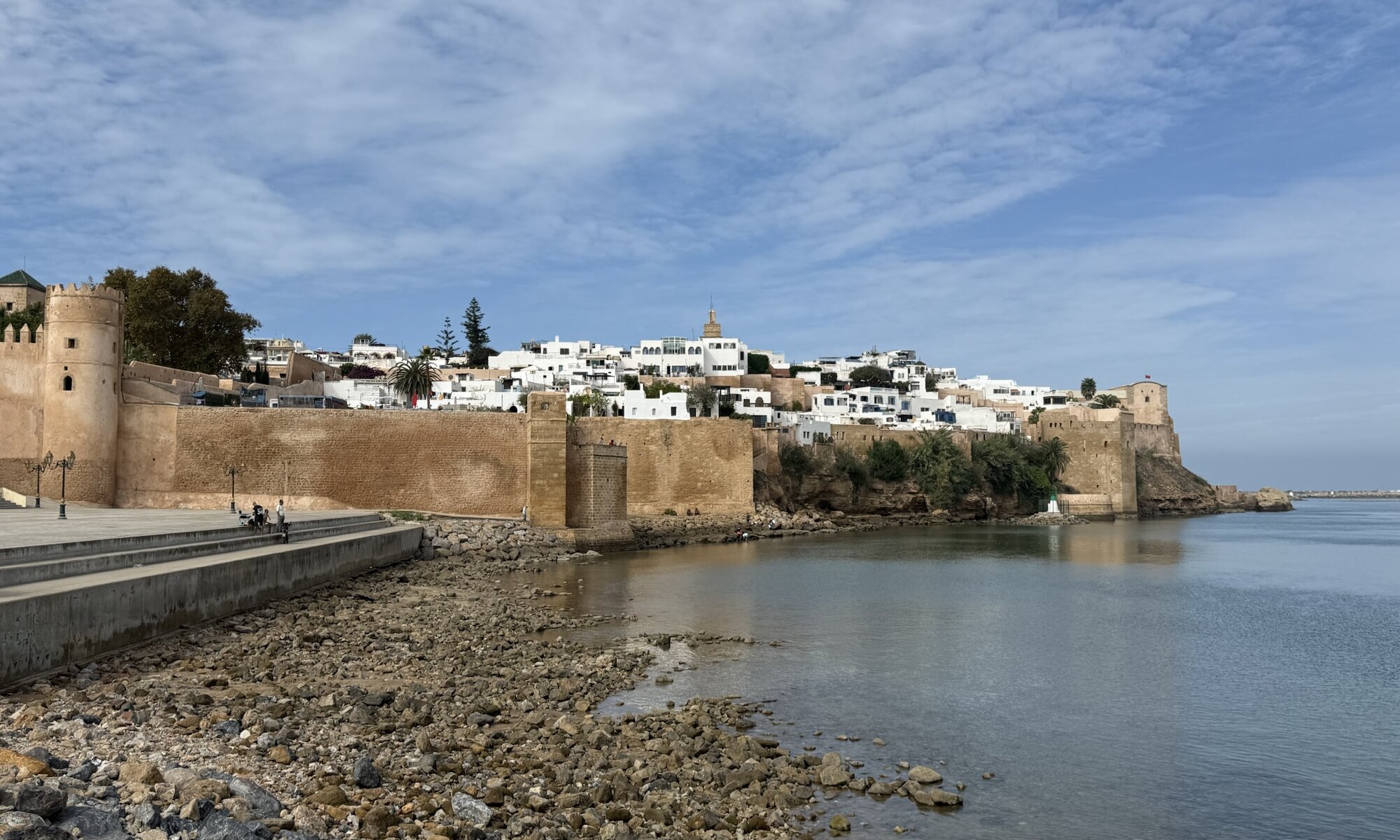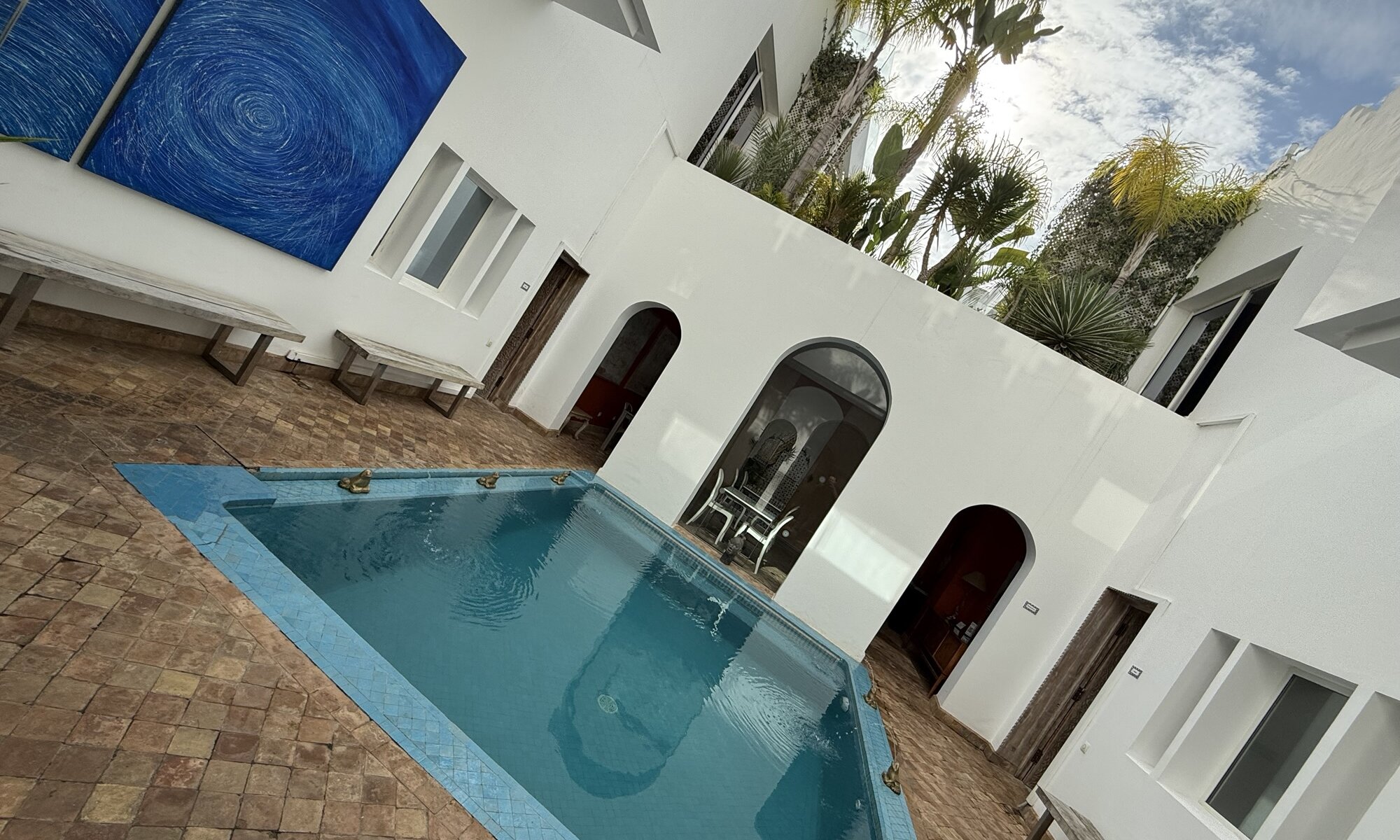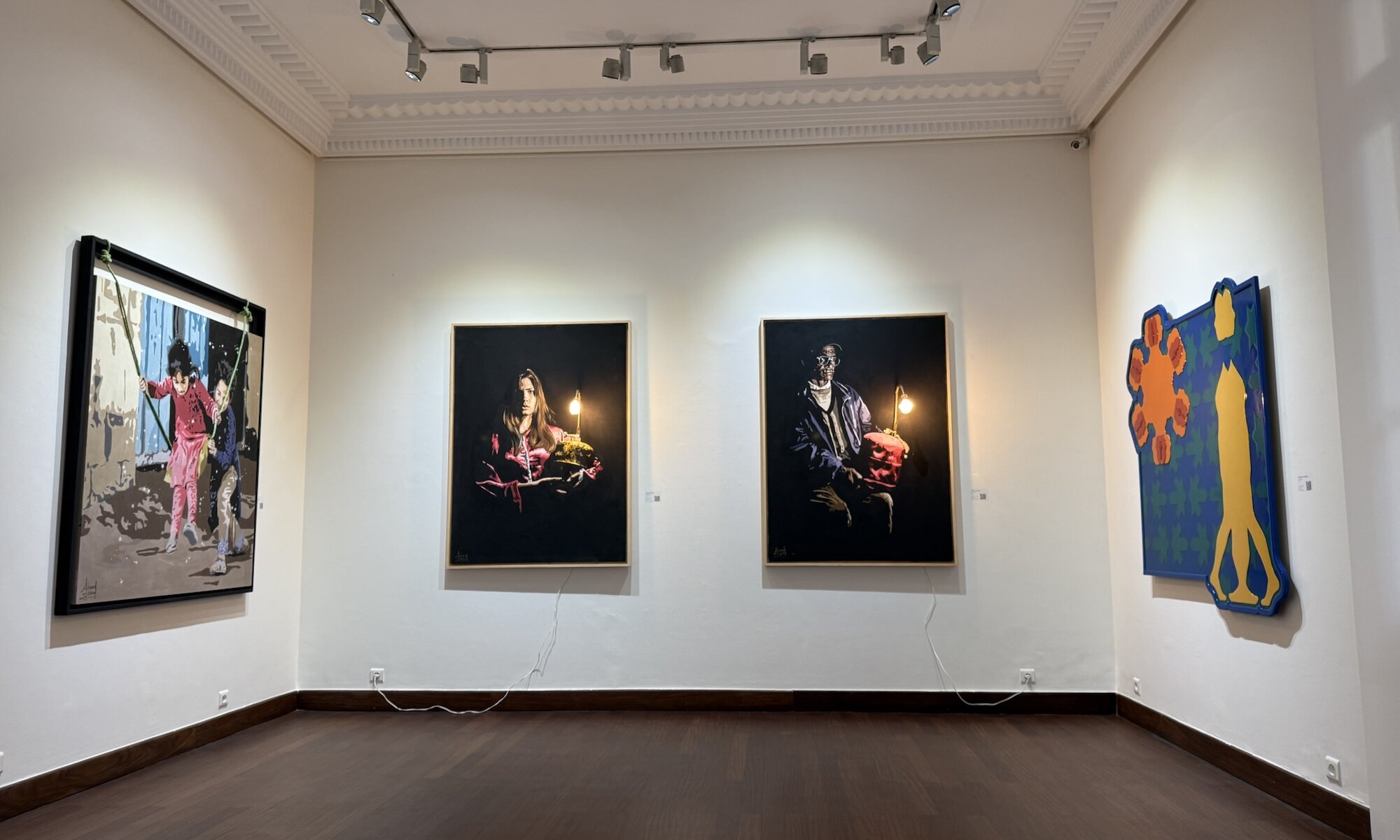The most immersive experience I had while being at Morocco was to explore the medina of Fès. A conglomerate of houses, feeling even more dense than the old town of Jerusalem. A city on multiple hills requiring you to climb up and down, filled with endless merchants and sights hidden in between to discover. Getting there is also an experience because you probably will get lost and your typical ways to get out will not work: in the narrow streets between high houses you’ll not have a good GPS signal and your navigation system will be unable to show you the right path.
Continue reading “Derb”Riad Nazha
The Medina of Fès is car-free and therefore having a Riad close to a city gate or road around is a pure necessity. A good option is the Riad Nazha located in the southern, lower part of the city center. The guesthouse is like a palace and it has a wonderful roof terrace with great views on the Borj Sud fortification. And like always in Morocco you can’t see the beauty of this place from the outside – once you’ve found the door after walking between high houses without decorations an unexpected world opens up.
Continue reading “Riad Nazha”Moulay Ismaïl
Not far away from the Place Lahdim of Meknès you can find the Mausolée de Moulay Ismaïl, a large mausoleum integrated into a mosque. Typically, these religious places are not accessible for non-muslims, but in Meknès this is different: you can take off your shoes and have a look at the mosque and into the burial chamber. Both are lovely decorated in ceramics and marble with an Andalusian-style fountain as the centerpiece. The mosque itself is actually in use and the two open spaces inside the complex are used for open-air prayer as well.
Continue reading “Moulay Ismaïl”Riad Yacout
When visiting Meknès, the Riad Yacout is a good option for staying overnight. It is not only located directly between the mausoleum of Moulay Ismaïl and the Medina, it is also close to the Bab Mansour city gate and the place Lahdim. Furthermore its entrance is facing the Place Lalla Aouda, a large parking area that can be easily reached by taxi from the train station. What I absolutely enjoyed is the amazing roof terrace of the Riad, giving you great views on the city and the minaret of the mosque being part of the mausoleum.
Continue reading “Riad Yacout”Art moderne et contemporain
As the capital city of Morocco, Rabat for sure needs a great art museum. Named after the current ruler Mohammed VI, the Musée d’art moderne et contemporain delivers what you would expect: contemporary art presented in a modern environment. Unfortunately, locals often miss the opportunity to see this wonderful museum because of its rather high entrance fee. The museum was opened in 2014 and on two levels artworks of 200 Moroccan artists from the 20th and 21st century can be seen.
Continue reading “Art moderne et contemporain”Mausolée Mohammed-V
Mohammed V is one of the rulers the Moroccans will probably not forget. He was the first to request independence from the colonizing countries Spain and France and was sent to exile because of this. After rising civil unrest, he could return in 1956 and successfully negotiate independence and the creation of the kingdom of Morocco. Mohammed V found his final rest in a beautiful and rich mausoleum next to the unfinished mosque of Rabat and the Hassan tower. He and his son Hassan II are protected by five guards in traditional uniforms.
Continue reading “Mausolée Mohammed-V”Unfinished mosque
When leaving the medina of Rabat to the southeast you can find an unusual building conglomerate on a hill: the unfinished minaret of an unfinished mosque next to the mausoleum of Mohammed V. A tower with a large field of columns next to an important grave. In the 12th century CE, Yaqub al-Mansur, the ruler of the Almohad empire requested the construction of the largest mosque in all Maghreb states. When he died in 1199 CE the construction works were stopped immediately and you can still see that state today.
Continue reading “Unfinished mosque”Kasbah des Oudaïas
The most beautiful place at Rabat is the Kasbah des Oudaïas. In fact, it is a combination of two kasbahs created by two different Moroccan dynasties to protect the city from pirates and serving as a royal seat. Directly at the ocean you can discover the old kasbah which is today a residential area filled with restaurants and touristy shops. You can climb up between the houses to the bélvèdere giving you great views on the ocean and the river. It is easy to imagine how this was once a military facility to protect the city. You can enter and leave this place through the historic Bab des Oudaïas gate.
Continue reading “Kasbah des Oudaïas”Riad Zyo
Once you reach the medina of Rabat you’ll see that it is entirely surrounded by an ancient city wall. The streets within are mostly traffic-free (with the exception of the Avenue Laalou passing between medina and necropolis), which gives you a nice experience while walking through the old town but also challenges you with the question of how to reach your guesthouse. The Riad Zyo is pretty easy to recht: after passing the Bab Laalou you only need to walk some meters on the Avenue Mohammad V and then turn right into the Rue Moreno. A small plaque at the wall will signal you that you’ve reached your destination.
Continue reading “Riad Zyo”Villa des Artes
There aren’t too many places in Morocco to see contemporary art, especially local contemporary art. The one place I liked most is the Villa des Artes at Casablanca, located in an art déco villa build in 1934 close to the Parque de la Ligue Arabe. it is not a vast museum, but a beautiful building with two floors full of artworks by current Moroccan artists. While I was visiting the museum a large tent in the garden even extended the available exhibition space.
Continue reading “Villa des Artes”